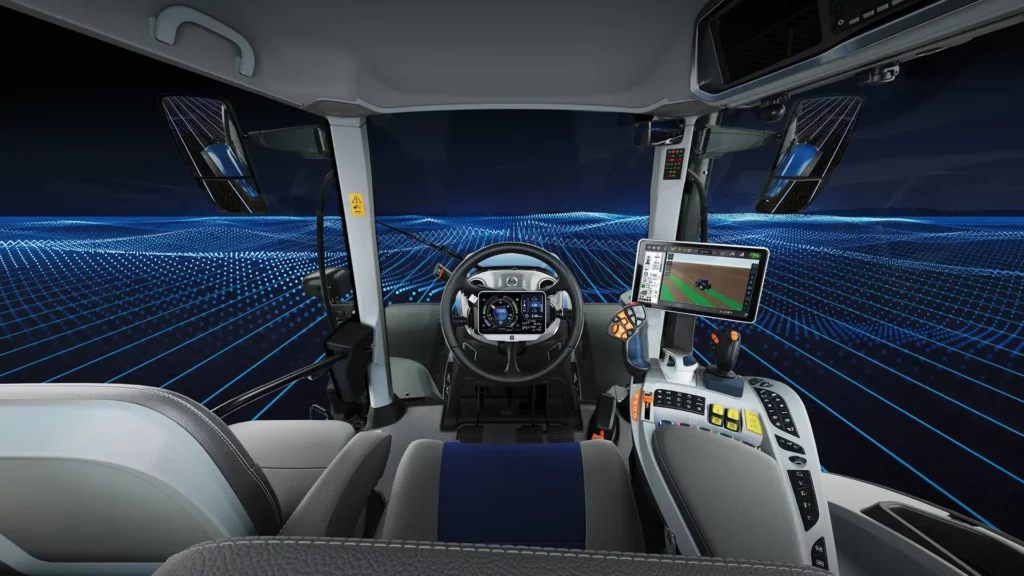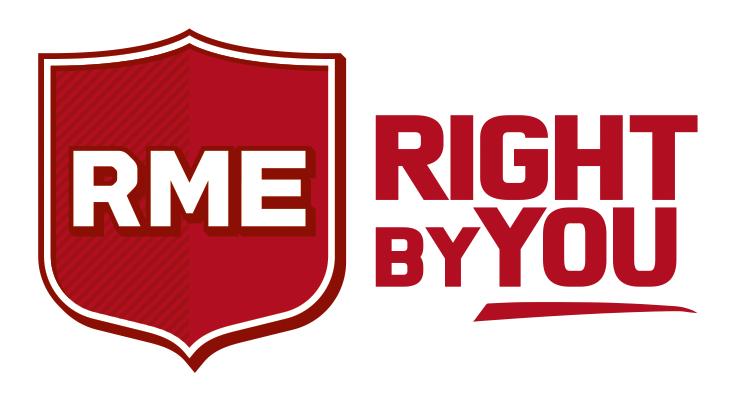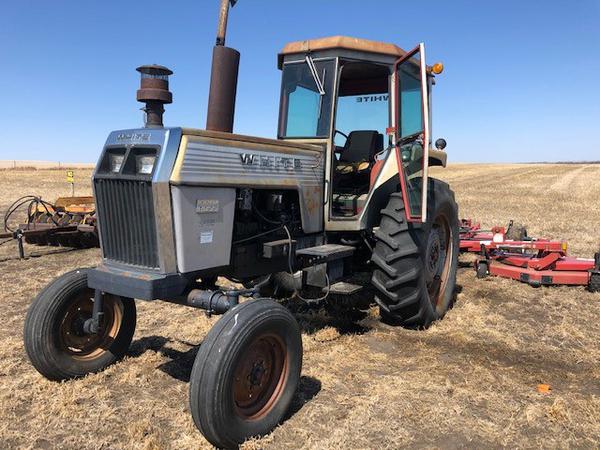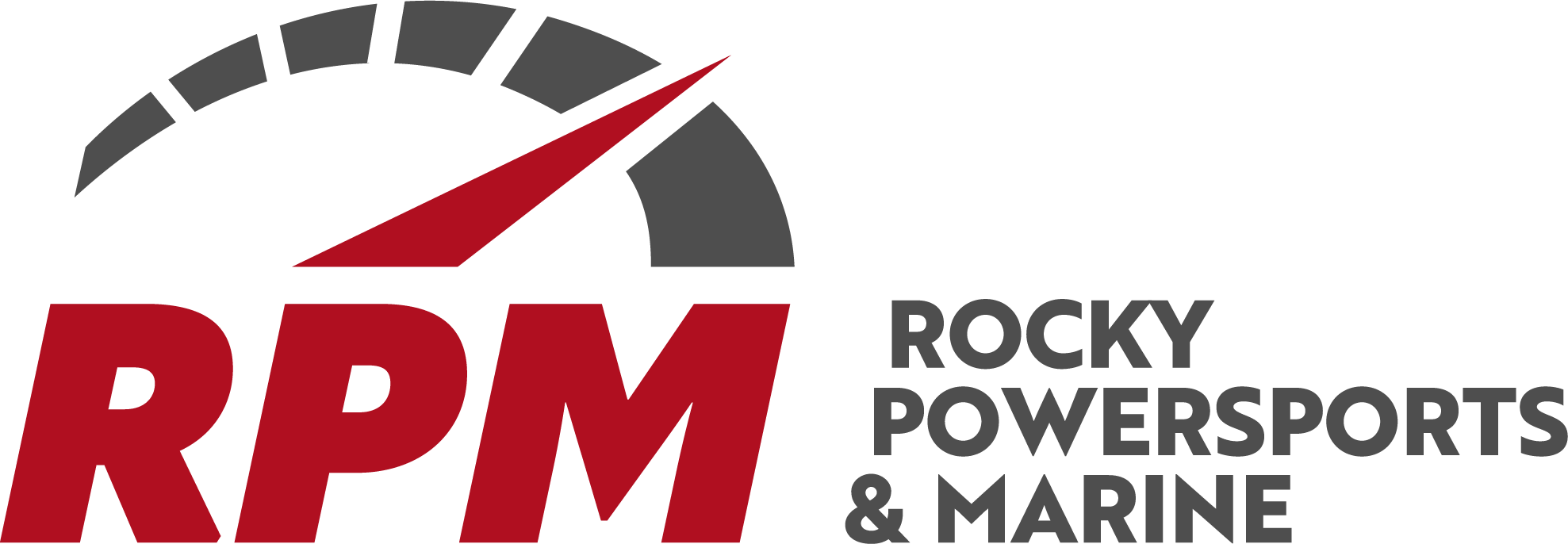Results
- Ag Equipment
12 Days Of Christmas Sale On Now!
- Construction Equipment
- Precision Farming
DJI Agras T50 Drone
Learn more about this product!
- Parts
- Service
Red Seal Inspections 2026
Book before November 30, 2025
- Customer Resources
- About Us
- Community
- Family of Companies
-
Login or Register
Register an account with RME to store your favorite equipment and easily compare between units.
Register
- Ag Equipment
12 Days Of Christmas Sale On Now!
- Construction Equipment
- Precision Farming
DJI Agras T50 Drone
Learn more about this product!
- Parts
- Service
Red Seal Inspections 2026
Book before November 30, 2025
- Customer Resources
- About Us
- Community
- Family of Companies
- Home
- RME Blog
- RME Blog
- Agriculture Spotlight
- New Holland PLM –...
WHAT IS GPS?
The GPS (Global Positioning System) operated by the U.S department of Defence and GLONASS operated by the Russian Federation are a space-based navigation system formed from a network of satellites which determine the position of a vehicle using signals from the 32 satellites that circle the earth. These satellites travel in known orbits that allow a land based receiver to determine its own position in relation to each satellite from which it receives a signal.
The signals generated by GPS alone are not accurate enough for use in agriculture. Therefore, corrections must be made to GPS signals to improve their accuracy. With these correction signals we refer to the system as DGPS
(Differential Global Positioning System).
There are two main DGPS correction services available today:
SBAS
The GPS (Global Positioning System) operated by the U.S department of Defence and GLONASS operated by the SBAS-Satellite Based Augmentation System,communicate difference via geostationary satellite.
RTK
Real Time Kinematics, communicate difference directly to the vehicle via short wave radio from a local base station.
HOW ACCURATE IS GPS?
An uncorrected GPS or GLONASS signal gives you position accuracy between 5 to 10 meters. This is more than adequate for car navigation systems, but not accurate enough for vehicle guidance in agricultural applications, where we need Pass-to-Pass and Year-to-Year accuracy and repeatability.
Pass-to-Pass accuracy measures the relative accuracy over a 15 minute interval. This is usually thought of as skip/overlap from one pass to the next when driving swaths. A New Holland receiver with pass-to-pass accuracy of
+/-2.5 cm means you get less than +/-2.5 cm skip or overlap, 95% of the time.
Year-to-Year accuracy is the measure of repeatable accuracy which means that you can drive the same rows a day, week, month, or year later. So, +/- 2.5 cm year-to-year accuracy means you can drive the same rows next year within
+/- 2.5 cm of this year’s rows, 95% of the time.
MAXIMISE YIELDS, CONTROL INPUT COSTS + OPTIMISE PROFITS
GIVE YOUR BUSINESS A COMPLETE AND FLEXIBLE GPS SOLUTION
From the enhanced productivity of lightbar guidance, to the pinpoint accuracy of fully integrated guidance, and the valuable analysis of yield data, our Precision Land Management offering will help maximise yields, control input costs and optimise profits.
REDUCE OPERATIONAL COSTS
The primary purpose of New Holland’s Precision Land Management is to save fuel and input costs by ensuring parallel passes when working either in straight lines, curves, pivots or on undulating ground minimising skips and overlaps.
IMPROVE PRODUCTIVITY, EVEN IN DUSTY CONDITIONS When planting, spraying, cultivating or harvesting in difficult weather conditions or at night, the operator can focus on his task without any risk of overlap or joining rows while driving faster.
Operators using guidance solutions often report “being less fatigued and stressed” as one of the fundamental advantages of precision farming, leading to increased work rates and efficiency.
CONTROLLED TRAFFIC FARMING PRACTICES
With RTK enabled New Holland guidance systems the practice of Controlled Traffic Farming can be adopted, leading to a significant reduction in field compaction improving overall yields

Related Articles
For RME’s construction customers, Sean Krahn is more than the Vice President of Construction Sales; he’s a trusted partner and industry expert. With a strong passion for pairing customers with solutions that make a genuine difference, Krahn has spent the last five years elevating RME’s role in supporting the success of construction operations big and… Read More
On May 10, 2024, Rocky Mountain Equipment (RME) delivered a brand-new New Holland Sprayer to Olds College of Agriculture & Technology to be used during the growing seasons for the next three years on the Smart Farm. This generous donation from Rocky Mountain Equipment includes the usage of equipment to support Smart Farm operations, research… Read More
Ethan Brown from Red Deer, AB. Above Photo: Ag Equipment Sales Consultant Ethan Brown found his way at RME through his school’s RAP program. (Photo Credit: Ethan Brown) The journey began for then-high school student Ethan Brown in 2015, when looking to earn a few extra school credits and put some cash in his pocket,… Read More
Find Equipment
Connect With Us
Sign up for deals & discounts
Subscribe NowBy signing up, you agree to receive emails. Unsubscribe at any time by clicking on the unsubscribe link at the bottom of our emails. Contact us for questions.





